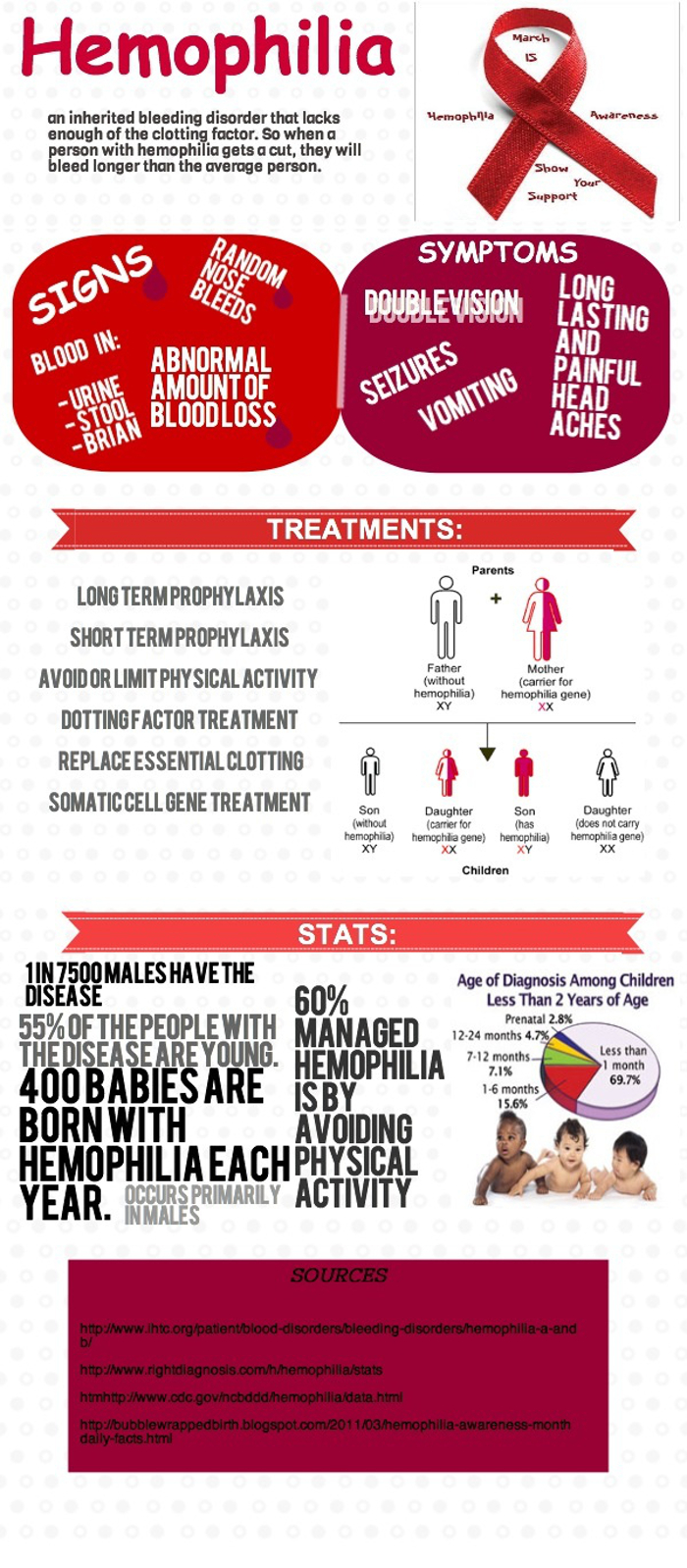Both hemophilia A & B effect blood clotting abilities in the blood. Patients diagnosed with either of these disorders might be at a huge risk if injured or operated on without knowing about their condition. Even those who have been diagnosed might be at serious risk. But there is a difference in who both these disease might effect, as well as how they affect the body at a molecular level. In this article, we will explore the differences between both hemophilia A and hemophilia B.
Hemophilia A
Hemophilia A is a genetic mutation that may be experienced by either males or females, but is the most common in men. If female patients are diagnosed with this type of hemophilia, it is normally classified as being mild. It is, by far, the more common type of hemophilia. Mostly, this is cause by a family history of the condition, though 3 of 10 patients effected might develop this issue through spontaneous mutation of genes. Severity can differ in patients, as well, ranging from severe to mild. Clotting factor VIII is found to be low in individuals with this issue.
Hemophilia B
Hemophilia B normally only occurs in males. It is a much rarer diagnosis than hemophilia A. This disease may also be known as Christmas disease, named after the man who first was diagnosed with it, Stephen Christmas. Christmas disease is the type of hemophilia that was most often found among European royalty. In patients with hemophilia B, the blood clotting factor is caused by an actual transformation (or mutation) of what is known as the Factor IX gene. In this case, patients may not just be at risk for free bleeding, but also at risk for spontaneous hemorrhaging even when they only experience very mild injuries.
Medical Importance
It is very important that people, especially patients diagnosed with either of these blood clotting issues, understand the difference in the diseases. If you have any further questions about the difference between hemophilia A & hemophilia B, you should consult your doctor, or a medical professional. Hemophilia in either case can be diagnosed by blood tests known as PTT tests. It is also important that if you are diagnosed with hemophilia that you are sure to let your doctor, dentist, and any other medical professionals that you come into contact with know more about your diagnoses.
